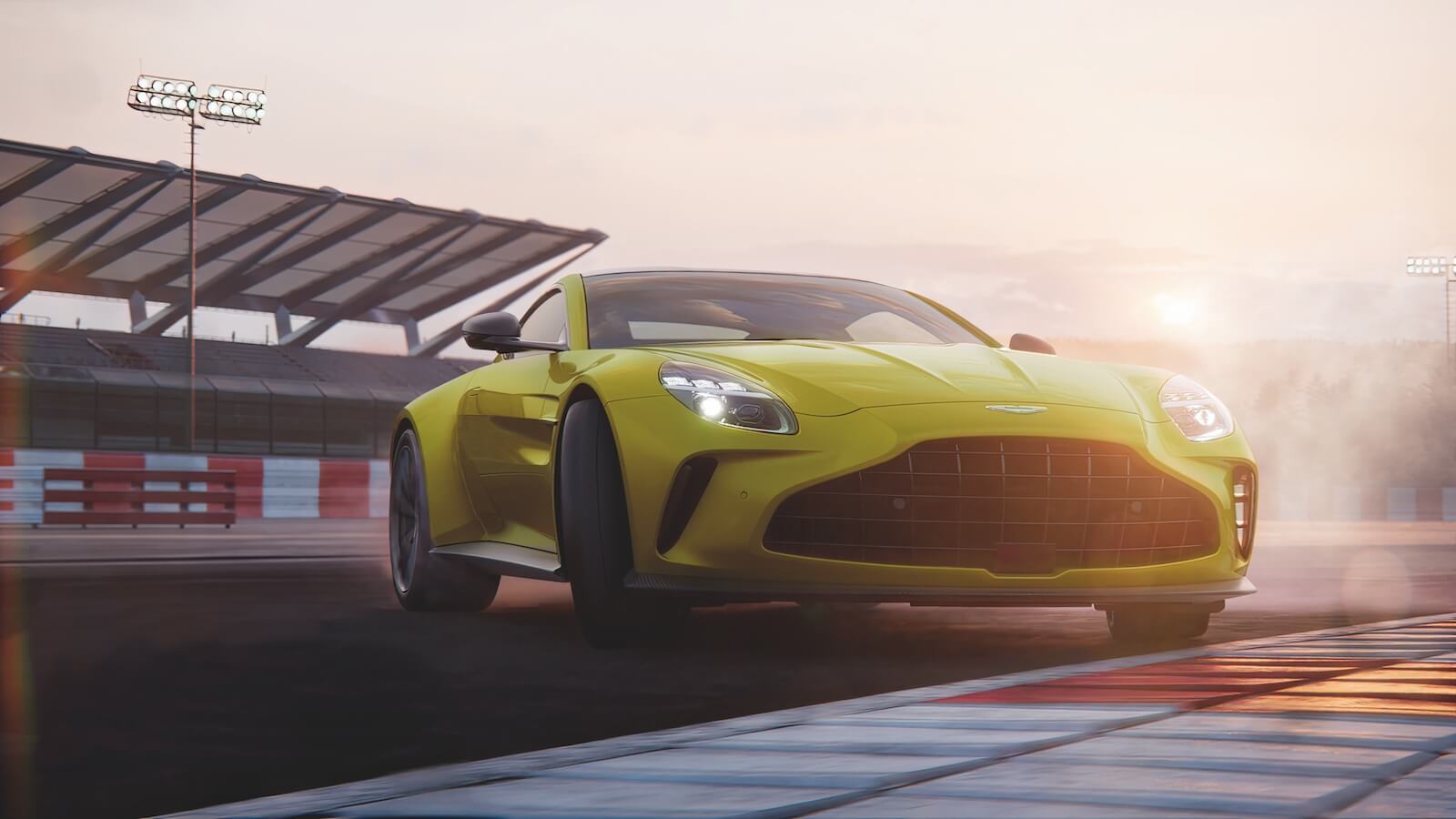Reimagining Power and Poise
The 2025 Aston Martin Vantage heralds a bold new era for the iconic British sports car, trading its classic V12 for a potent AMG-sourced 4.0L twin-turbocharged V8, delivering a robust 656 horsepower. This engine swap marks a significant shift from the traditional but ensures the car loses none of its renowned dynamism. Despite some purists’ initial skepticism over the absence of a V12, the Vantage’s enhanced specifications and performance quickly dispel any doubts about its capabilities.
Aesthetic and Mechanical Evolution
The latest iteration of the Vantage not only impresses with raw power but also through its refined design and engineering enhancements. Sporting a sleek, aggressive facade and a chassis that’s 7% stiffer than its predecessor, the new Vantage is built to excel both on the road and the racetrack. This model is more than just a continuation of its lineage; it’s a redefinition, offering 128 more horsepower than the previous V8 models and ensuring a more visceral driving experience.

Track-Tested, Adrenaline Approved
During an exhilarating test drive on Spain’s Circuito Monteblanco, automotive journalist Mat Watson experienced firsthand the sheer exhilaration the new Vantage offers. As Watson navigated through sharp turns and long straights, the car demonstrated its exceptional handling and power, occasionally getting sideways with a surge of throttle. This performance underscores the Vantage’s evolution into a more aggressive and engaging sports car, ready to leave a lasting impression on both enthusiasts and critics.
Additional Insights for the Reader:
For those considering the 2025 Aston Martin Vantage, it’s important to understand the impact of the shift from a V12 to a twin-turbo V8. While it maintains an exceptional power output, the change also offers improved efficiency and responsiveness. Additionally, the car’s design enhancements not only contribute to its aesthetic appeal but also improve aerodynamic efficiency, which is crucial for achieving its top speed of 202 mph and accelerating from 0-60 mph in just 3.4 seconds. For potential buyers, these changes make the Vantage not just a symbol of luxury, but a beacon of modern sports car engineering.
| 2025 Aston Martin Vantage | |
|---|---|
| Engine | 4.0L twin-turbocharged V8 |
| Horsepower/Torque | 656 hp, 590 lb-ft |
| Transmission | Eight-speed automatic |
| Curb weight | 3,750 lbs |
| 0-60 mph | 3.4 seconds |
| Top speed | 202 mph |
| Starting price | $194,400 |
